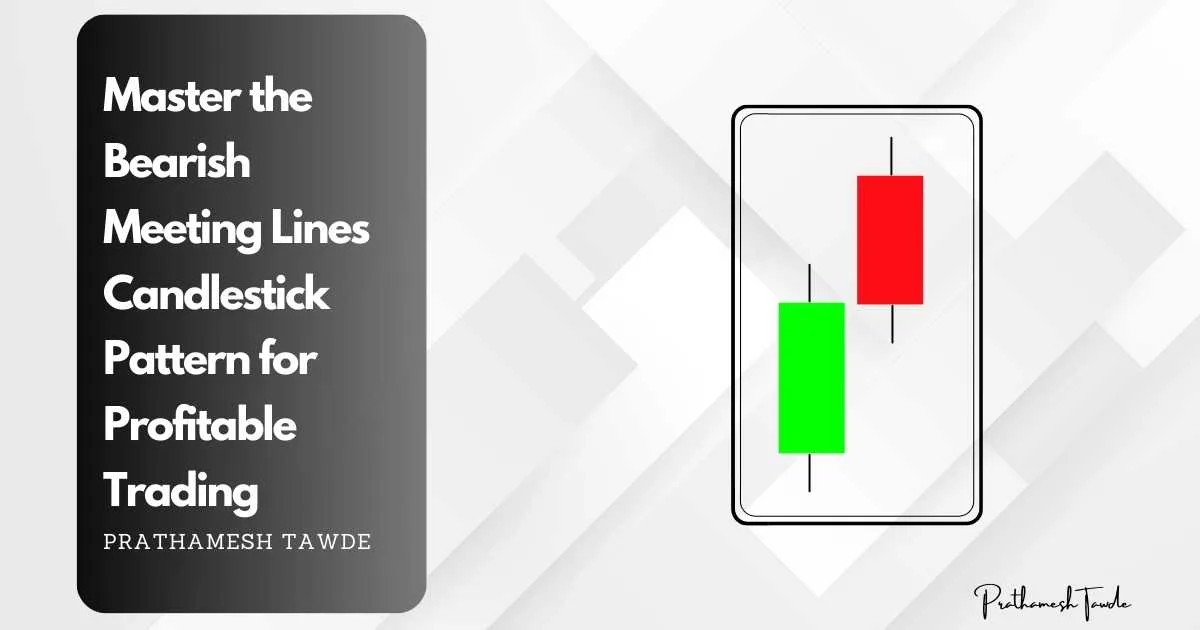Wedge Patterns: Rising and Falling Trends in Chart Analysis
- Prathamesh Tawde
- December 16, 2023
Introduction
Wedge patterns are crucial in technical analysis. They give traders valuable insights into possible price movements. These patterns have converging trend lines. They can signal either continued or reversed market trends. Understanding wedge patterns and trading them well can improve your trading strategy.
What is a wedge pattern?
A wedge pattern is a chart pattern marked by converging trend lines. They show a tightening price range. This pattern forms over time. It suggests a potential breakout, upward or downward. Wedge patterns have two main types. These are rising wedges and falling wedges. Each type has clear characteristics and implications.
Types of Wedge Patterns
There are two primary types of wedge patterns: the rising wedge and the falling wedge. To analyze and trade accurately, you must understand the differences between these patterns.
Rising Wedge Patterns
Definition and Explanation
A rising wedge is a bearish chart pattern. It forms when the price consolidates between upward sloping support and resistance lines. This pattern indicates a reversal. It suggests that the asset’s price may soon drop.
Characteristics and Formation
Rising wedges have higher highs and higher lows. The trend lines converge towards the peak. The volume often decreases as the pattern forms, reflecting reduced market momentum.
Implications for Traders
For traders, a rising wedge signals a potential selling opportunity. Once the price breaks below the lower trend line, this often triggers a big downtrend.
Falling Wedge Patterns
Definition and Explanation
In contrast, a falling wedge pattern is bullish. It forms when the price consolidates between downward sloping support and resistance lines. This pattern suggests a potential reversal, indicating that the asset’s price may rise.
Characteristics and Formation
Falling wedges have lower highs and lower lows. The trend lines within them converge towards the trough. Similar to the rising wedge, volume tends to decrease as the pattern develops.
Implications for Traders
A falling wedge presents a buying opportunity. When the price breaks above the upper trend line, it usually leads to an upward price movement.
How to Identify Wedge Patterns
Visual Identification
To identify wedge patterns, look for converging trend lines on the price chart. The key is to spot the higher highs and higher lows. These are for rising wedges. Lower highs and lower lows are for falling wedges.
Technical Indicators
Technical indicators, such as moving averages and volume, can help confirm wedge patterns. Decreasing volume often accompanies the formation of wedges, indicating a potential breakout.
Trading Wedge Patterns
Entry and Exit Strategies
For rising wedges, enter a short position once the price breaks below the lower trend line. For falling wedges, enter a long position when the price breaks above the upper trend line. Set stop-loss orders outside the opposite trend line to manage risk.
Risk Management
Risk management is crucial when trading wedge patterns. Use stop-loss orders and position sizing to cut potential losses. Consider the overall market conditions and avoid overleveraging.
Common Mistakes in Trading Wedge Patterns
Misidentifying Patterns
One common mistake is misidentifying wedge patterns. Make sure the trend lines are meeting. Also, check that the price movements fit the pattern.
Poor Timing
Timing is critical. Initiating trades too early or too late can lead to losses. Wait for a clear breakout from the trend lines before taking action.
Case Studies: Successful Wedge Pattern Trades
Real-world Examples
Consider historical examples of wedge patterns in stocks or commodities. For instance, Tesla’s stock formed a falling wedge in 2020. This led to a big price increase once the breakout occurred.
Lessons Learned
Analyzing successful trades helps identify best practices and common pitfalls. Note the importance of confirmation and the role of market conditions in each case.
Tools for Analyzing Wedge Patterns
Charting Software
Use charting software like TradingView or MetaTrader. Use it to draw trend lines and find wedge patterns. These platforms offer various tools to enhance your analysis.
Wedge Patterns in Different Market Conditions
Bullish vs. Bearish Markets
Wedge patterns can occur in both bullish and bearish markets. The overall market trend can influence the effectiveness of the pattern.
Volatile vs. Stable Markets
In fast-changing markets, wedge patterns might form quickly. They can lead to sharp breakouts. In stable markets, the patterns may develop over a longer period.
Historical Performance of Wedge Patterns
Statistical Success Rates
Research shows that wedge patterns have varying success rates. Falling wedges predict more upward movement than rising wedges predict downward trends.
Famous Examples
Historical examples show this. For example, gold prices formed a falling wedge during the 2008 financial crisis. This shows the effectiveness of these patterns.
Psychological Aspects of Trading Wedge Patterns
Trader Sentiment
Trader sentiment is important. It plays a big role in forming and breaking wedge patterns. Bullish sentiment can speed up the breakout of a falling wedge. Bearish sentiment can speed up the decline in a rising wedge.
Behavioral Biases
Be aware of biases such as confirmation bias and overconfidence. These can lead to premature entries or exits in wedge pattern trades.
Conclusion
Wedge patterns are a valuable tool for traders. They offer insights into possible market movements. By understanding the traits of rising and falling wedges. And by using effective trading strategies. You can improve your trading. Always use wedge patterns with other indicators. Also, follow strict risk management.
FAQs
A wedge pattern is a chart pattern. It has converging trend lines. They show a potential price breakout. It can signal either a continuation or reversal in market trends.
A rising wedge pattern has upward sloping lines for support and resistance. The lines converge. It signals a potential price decline once the lower trend line is breached.
A falling wedge pattern indicates a potential bullish reversal. It has downward sloping support and resistance lines. They come together, suggesting a coming price increase. This will happen once the upper trend line is broken.
Wedge patterns can be reliable. They predict future price movements, especially when confirmed with other indicators. However, they should be used as part of a comprehensive trading strategy.
Yes, wedge patterns can occur in many financial markets. These include stocks, commodities, and cryptocurrencies. Wedges are versatile tools for technical analysis.

I’m Prathamesh Tawde, a leading figure in the dynamic world of financial markets. Born on March 30, 1986, in the vibrant city of Thane, Maharashtra, I’ve nurtured a profound passion for technical analysis and a commitment to guiding individuals toward successful trading journeys. With a mission to empower and educate, I’ve carved a distinct niche as a content creator, educator, and mentor.





